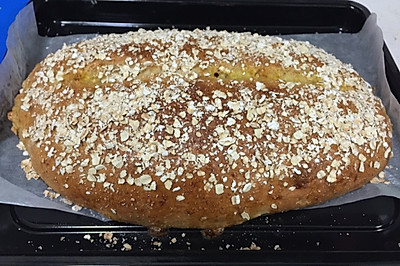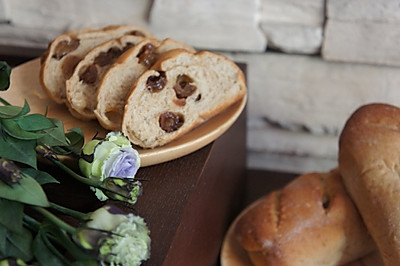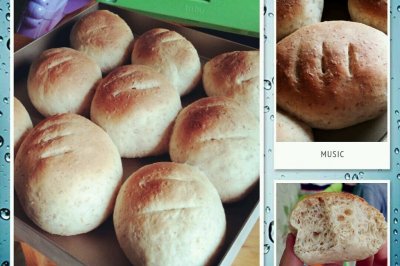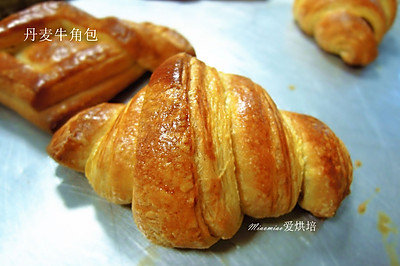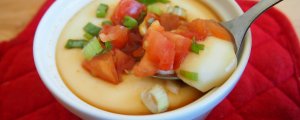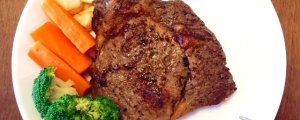
Whole wheat Handmade Bread
(153358 views)
Handmade bread has a long process. If one step is wrong, one step is wrong. I have experienced many failures to summarize a formula that I am satisfied with. I like the waiting process. It is full of expectation.
Cooking ingredients
Cooking Steps

Step1:Pour 260g high gluten flour on the panel. Dig a pit in the middle. Put 50g white sugar, 0.5g salt, an egg, 100g pure milk and 30g water in turn. Finally put 4.5g sugar resistant yeast. (because of the different sizes of eggs, it is required that the total weight of eggs, pure milk and water should reach 180g. That is to say, if the eggs are less than 50g, the amount of pure milk should be increased appropriately.)

Step2:Carefully draw circles and faces from the middle to the periphery. The dough just mixed is very wet, soft and sticky. It is much thinner than the dough for steamed buns. It's easier to roll the dough out of the film by falling. On the panel, keep holding it up and falling it into long strips. After folding it up, take it up and then fall into long strips. The figure below shows the dough that has been pounded for more than 20 minutes (the dough is very sticky at first, fold it with the right hand, and use the flour scraper to stick the batter with the left hand Scrape up.)

Step3:After about 40 minutes of wrestling, you can see a little film.

Step4:Cut in 50g of softened butter and continue to knead. Knead the butter into the dough. Add 5g of wheat germ and continue to knead. (because the wheat germ in butter and whole wheat flour affects the flour's film production, it should be put after the film production.)

Step5:Continue to knead the dough for five or six minutes. You can see the hand covering film. Then you can ferment for the first time.

Step6:It's just in summer now. It's enough to ferment at room temperature for about an hour. The dough is obviously twice as large. You can take it out and exhaust it. Cut it into four pieces first.

Step7:Roll it into a triangular patch. Roll it up from the bottom edge of the triangle. (you can roll them up with raisins, red beans or meat floss.)

Step8:Put it into the oven for secondary fermentation. The temperature is controlled at about 42 ℃. Add steam.

Step9:After 25 minutes of fermentation, the dough has more than doubled. It can be baked.

Step10:Bake at 165 degrees for 20 minutes. (there is no need to preheat the oven.)
Cooking tips:There are skills in making delicious dishes.
 Chinese Food
Chinese Food